Norms & Values — Why Team Building is Complex & How To Simplify It
You Define Your Culture By What You Value
In 2015 2016 there is a lot talking about establishing a kind of establishing an "ethical businesses", or to implement "norms in organisational culture", or "coding your values", and "prototyping your team". ((See the articles referred in section "Further Reading".))
In this post I want to shed a light on some aspects to consider when you set up values and norms fitting best for your teams or your whole business:
Values and Norms are not the same.
It's often claimed that teams are a community of people who share equal values. That's not true.
Team members do not necessarily share common values equally.
Though there is always an underlying common value system to which each team member relates. Nevertheless, each team member might connect only partially to these — for all valid — common values and if anything with personal, individual strength only yet.
Values are controversial, Norms aren't.
For sure, team members have a common normative structure to behave equally. However, values are what we esteem with our individual preference. For example, you may argue with individual passion for the value "equal rights for all people" — others may follow you with a limited commitment only.
Norms are codified, Values aren't.
Consider, for example, the federal constitution of your country states the value "equal rights for all people" as a normative principle by law. In this case, you have to follow this act without any arguments. More, if you violate this law, you are sentenced — even if you do not consent to it.
Values change more often than Norms do.
Values reflect what we esteem and believe. Values build a prioritised hierarchy of what is most important to us. For yourself, this hierarchy might change frequently influenced by new priorities, updated political, social, or economic aspects.
Values, Norms and Teams
Now, transfer these considerations to teams. Team values may change fast, frequently, and unforeseeable. You can't rely on a steady common value system eternally since values constitute the individual and personal belief system of people and they are affected by the aforementioned influences.
For self-organised teams we get:
- Norms are always based on an underlying value system.
- Value change is a distinct characteristic of self-organised teams resp. employees and the plurality of society.
Summary:
Thus, for team building and organisational design, the consequence is
- Team values change often
- Team norms are codified
- Changing the associated norm system takes more time than to change the associated value system.
- Organisational resp. Team Culture is given by group norms of behaviour and by underlying shared values helping to keep those norms in place.
My Recommendations:
- Define for your company or team a set of few values only — not more than five.
- Set up the organisational structure your employees resp. your team should behave accordingly.
- Best, formulate all in a so-called Prime Directive which comprises mission, vision, and values in one single statement.
Value Your People — Not Your Product
Very often companies derive their mission, vision, and values from features of their product(s) they (want to) deliver.
However, recent discussions in the Lean Startup community showed that you are more successful deriving your mission, vision, and values from the problem instead, not from the solution. There might be one, single problem but many possible solutions and only few of them might fit (best).
Therefore,
Don't value your product(s), instead value your people and processes.
To identify your value system, it is helpful to follow the 3P principle ((See FirstRound.com: Draw The Owl and Other Company Values You Didn’t Know You Should Have. — Jeff Lawson, CEO and co-founder of Twilio))
- Value your People.
Valuing your people helps you to treat each other while you work together: how to engage, motivate, and promote your people. Furthermore, it helps you to decide who you should hire, and who you should fire. - Value your Process.
Valuing your processes shows how decisions are made in a company resp. team. This includes how you report progress, hold people accountable and trust each other. - Value your Product.
The characteristics of your product(s) and therefore, their possible market penetration emerge directly from your people's motivation and skills, and how they perform their processes. This is the reason why I mention your product(s) last in the value system.
Forming, Storming, Norming, and Performing of Teams
A team is not a stable social system. Bruce Tuckman showed that a team undergoes several stages of social changes — you might call it conflicts: Forming, Storming, Norming, and Performing.
- Forming — The team comes together. This stage is characterized by excitement, optimism and anticipation of what the future will bring.
- Storming — At this stage reality sets in and it doesn’t quite match what was expected. Members may become dissatisfied and/or frustrated. There is some anxiety as they are adjusting to the fact that the team isn’t working out quite the way that they thought it would. At this point there is a resistance, conflict and emotions tend to run high. Members may start looking out for themselves instead of doing what is best for the team.
- Norming — At this stage the team has worked out most of the issues. They understand the idea of shared goals and have learned to cope and accept each other. There is a sense of relief and lowered anxiety, as the members are engaged and supportive of each other.
- Performing — At this stage the team is performing at a very high level. They truly understand each other and have a strong sense of teamwork and cohesiveness.
- Adjourning — The project is done and the team is liquidated. Teams may reach this stage after "Norming" or "Performing". If the team won't continue to exist because the collaboration is limited to the project life time only, team members will probably mourn about their loss.
Teams do not necessarily pass through all of these stages, nor do they run through them in this order, nor do they pass only once of these stages — conflicts may happen on several stages and levels.
Common to all these stages of potential team conflicts is a clash of the individual value prioritisation. In each of the aforementioned team stages/team conflicts, the members differ in their individual prioritisation of common values.
Values are written words — Only your culture is how you actually live those written words.
My Recommendations:
- Define upfront (in the project kick-off meeting) the team values.
- Derive the related normative team structure immediately.
- Update both continuously while running the project.
A Practical Approach to Identify your Values and Norms
If we accept that teams run through several stages to form themselves and if we accept that these phases are caused by conflicts of individual priorities of the values system of each team member, then the main question would be: "How do we achieve a team value system sustainable through all these quarrels?"
To identify a common set of core team values run throuhg the following procedure:
Start with nouns or verbs instead of adjectives. Nouns and verbs put you more in the driver seat than adjectives.
Throw in the ring only a few values fitting best for your team/company.
Prioritise them and create thus a value hierarchy. Start with the most accepted value by the team/employee down to the least accepted ones.
For your brainstorming, you can use the Management 3.0 Big Values List.
You should use LEGO Serious Play to open up all team member' talks about their individual value systems and to nurture the communication between them.
To run your LEGO Serious Play workshop use my Team Charter Canvas. It describes on a single A0 sheet all necessary elements for a team charter.
In this workshop discuss with your team:
- WHAT: the team try to achieve / deliver.
- What is the measurable team outcome / performance, benchmarks towards constant improvement based on success criteria determined by the team?
- WHY: the team exists:
- Reason for the team’s existence
- Alignment to core business activities/vision
- Project or department mission
- Why team come to work
- WHAT ELSE: for the team:
- What is within and outside the scope of the team?
- What are the limits of formal authority of the team?
- What are the area of influence or what may the team do with permission?
- What are the shared responsibilities or areas in which team members are expected to initiate action to support others?
- HOW: the team approach its goals.
- They ground operational Norms,
- Constitutes Team’s Belief system,
- Are the fundament of intrinsic motivation and empowerment, and the foundation of Improvement.
- How does the team business?
- How treats the team others?
- HOW: the team govern itself, make decisions, resolve conflicts, communicate, and improve.
- WHO:
- Who plays which role in the team?
- Who is responsible for what in the team?
If you want to cope with the inevitable change of the value system of your team(s) repeat this kind of workshop again and again and update the related norms accordingly.
Here are the slides of a workshop "Setting up Vision & Culture for Departments & Teams" I presented Nov.2016 at the "Manage Agile" conference, Berlin.
Further Readings
- Download free Team Charter Canvas A0-Poster
- Michael Tarnowski: The Prime Directive. How To Charter Your Team Best (With LEGO Serious Play) - Slideshare
- The World's Most Ethical Companies 2015, Forbes Mar 2015.
- The Key to Changing organisational Culture, Forbes Sept. 2012.
- Mike Donoghue: Code of Conduct, Code of Honor: Why You Need an Ethics Policy, projectmanagement.com, Feb. 2016.
- FirstRound.com: Draw The Owl and Other Company Values You Didn’t Know You Should Have.
: Kate, artfulblogger, via flickr.com • Kristina D.C. Hoeppner via flickr.com • Mike Bryan via flickr.com • Brett Maytom, linkedIn.com • Agile Cambridge 2015, @PlaysInBusiness, .

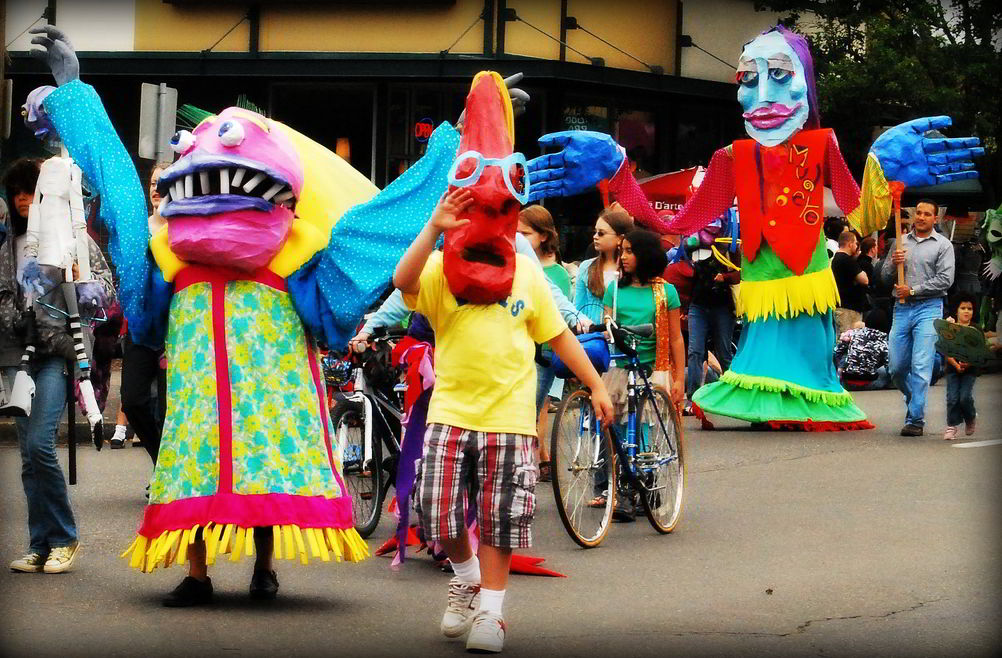


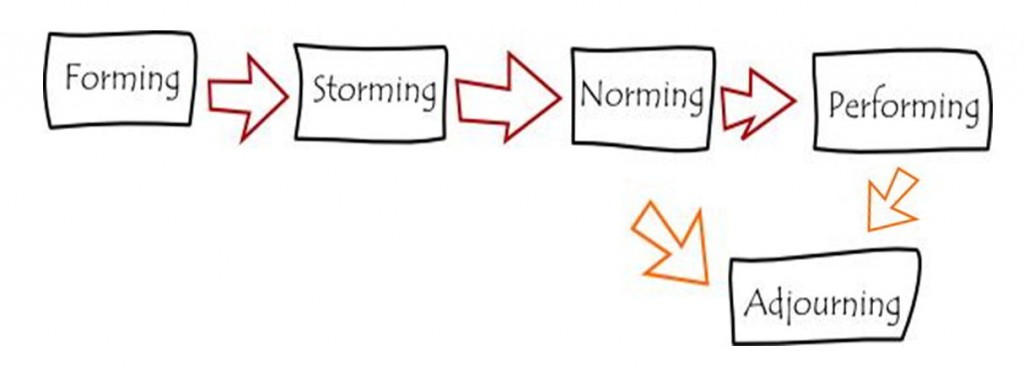
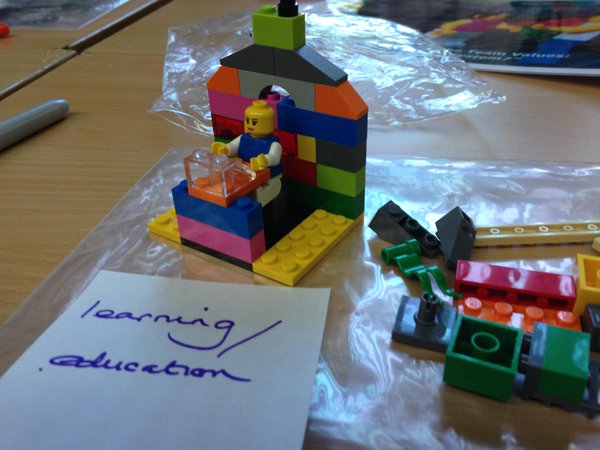
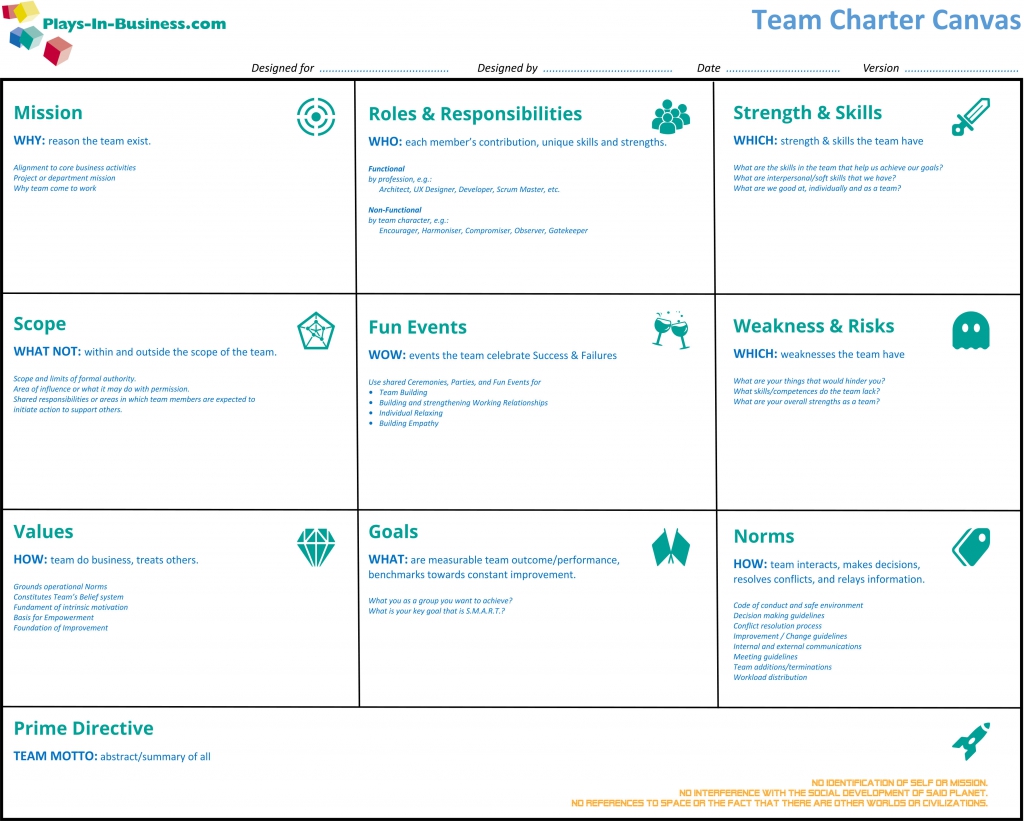


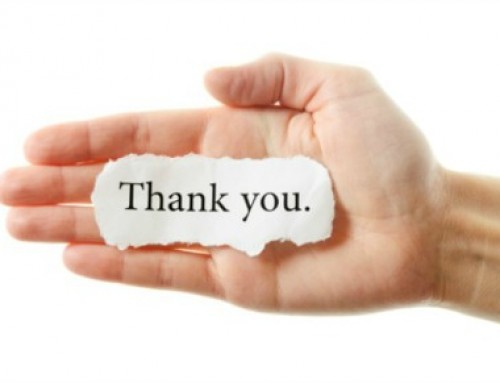
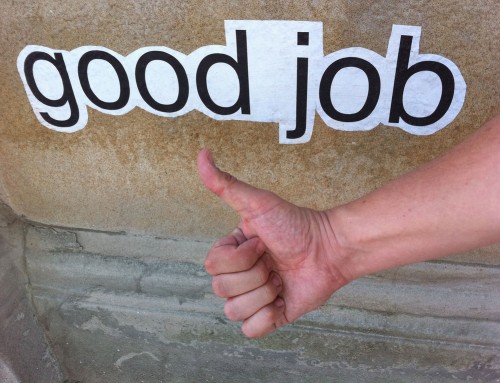

Leave A Comment